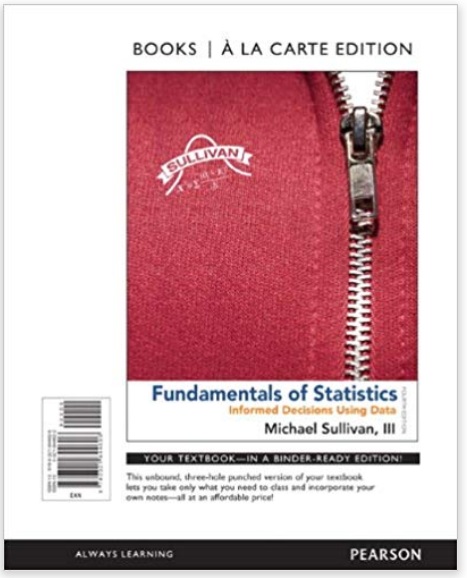The following data represent the per capita (average) disposable income (income after taxes) for the 50 states
Question:
The following data represent the per capita (average) disposable income (income after taxes) for the 50 states and the District of Columbia in 2009.
.png)
With the ï¬rst class having a lower class limit of 30,000 and a class width of 6000:
(a) Construct a frequency distribution.
(b) Construct a relative frequency distribution.
(c) Construct a frequency histogram of the data.
(d) Construct a relative frequency histogram of the data.
(e) Describe the shape of the distribution.
(f ) Repeat parts (a)–(e) using a class width of 3000.
(g) Does one frequency distribution provide a better summary of the data than the other? Explain.
The word "distribution" has several meanings in the financial world, most of them pertaining to the payment of assets from a fund, account, or individual security to an investor or beneficiary. Retirement account distributions are among the most...
Fantastic news! We've Found the answer you've been seeking!
Step by Step Answer:
Related Book For 

Question Posted:





